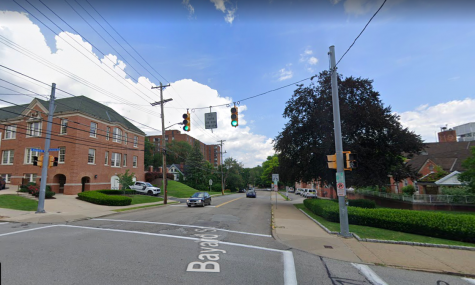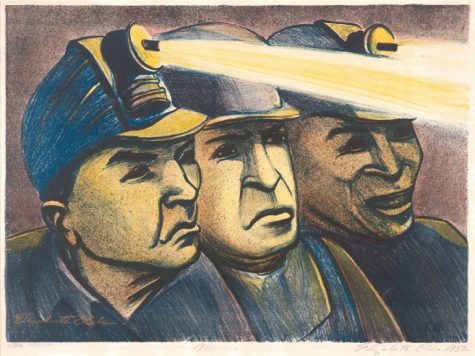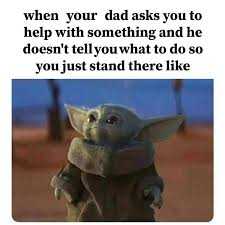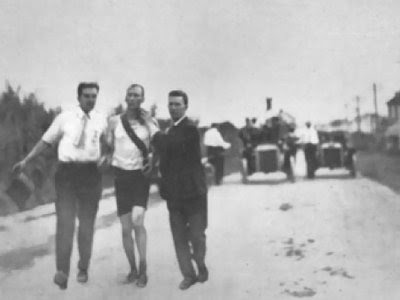Transformative Education in Anaheim
From November 30 to December 2, six upper-school students and several faculty members traveled to Anaheim, California to attend the National Association of Independent Schools’ (NAIS) Student Diversity and Leadership Conference (SDLC), an equity and social justice initiative for independent school students. Students attending the SDLC were myself (Alexandra Friedlander) and two other sophomores, Margaret Balich and Adia Glen; junior Catherine Tian; and seniors Ria Bazaz and Griffin Gordon. Faculty members accompanying the students included Matthew Bachner, the Dean of Students; Diane Nichols, Diversity Coordinator for WT; and Mary Martin, a visual arts teacher. Sixteen hundred students from independent schools across the country participated in the conference.
SDLC is a multiracial, multicultural gathering of upper-school student leaders from across the U.S. who come together in a safe space to examine issues of social justice and hear activists speak on issues of equity. SDLC encourages students to apply the leadership principles they develop at the conference to their local situations and needs. In addition to large group sessions, SDLC places participants into “affinity groups,” which allow for more personal dialogue and sharing of perspectives in smaller, like-minded units that are interested in making an impact. Inspired by our time there, I and the other WT participants are now working on creating a curriculum for lower and middle-school students that will address equity and social justice in our school and beyond. We will present our work to faculty and board members with the hope of sensitizing everyone at WT to the various identities of our students. Our ultimate goal is to raise awareness of the reality and importance of our diversity “locally” – here in our classrooms and hallways — then take it out into the greater community. No one should feel marginalized or excluded from any group through no fault of their own, and that no one at WT should be afraid of speaking their own mind about important issues that affect us all.
Speaking for myself and the other WT attendees, SDLC–which ran almost fourteen hours a day–was a once-in-a-lifetime transformative experience. We engaged in free and open discussions about “cultural identifiers” such as race, family structure, socioeconomic status, gender, sexual orientation, and religion. Throughout the three-day conference, students and faculty listened to dynamic, national speakers who shared their knowledge and personal experience of problems in American society. All the WT students unanimously agreed that SDLC helped break down barriers of fear, distrust, and misunderstanding. After a while, we all stopped worrying about being politically correct or hiding our true feelings. We enjoyed community-building time with our peers and had honest and collaborative conversations about equity and independent school life.
I came back from this conference exhilarated, exhausted, with some answers and some questions. Has my thinking been too narrow? Is my understanding of complex social and moral issues too simple? Have my opinions been shaped too much by my family? Or, coming as I do from a diverse family background, do I have experiences and perspectives that I ought to share and compare with others? Am I too private about what I believe? I learned at SDLC that identity can be various and complex and interesting. I learned that, as Elie Wiesel remarked, hope for the future is like peace. We have to earn it to make it possible. And I learned from Rodney Glasgow, founder of SDLC, how hard it can be to be different from the norm and how much courage it takes to be who you truly are and that you should never be afraid to change and grow and build bridges to others. I am excited to bring to WT and to a broader community what I learned at SDLC and continue the conversations started in Anaheim. As Kofi Annan, UN Secretary General and Nobel Peace Prize Winner said, “We may have different religions, different languages, different colored skin, but we all belong to one human race.”









